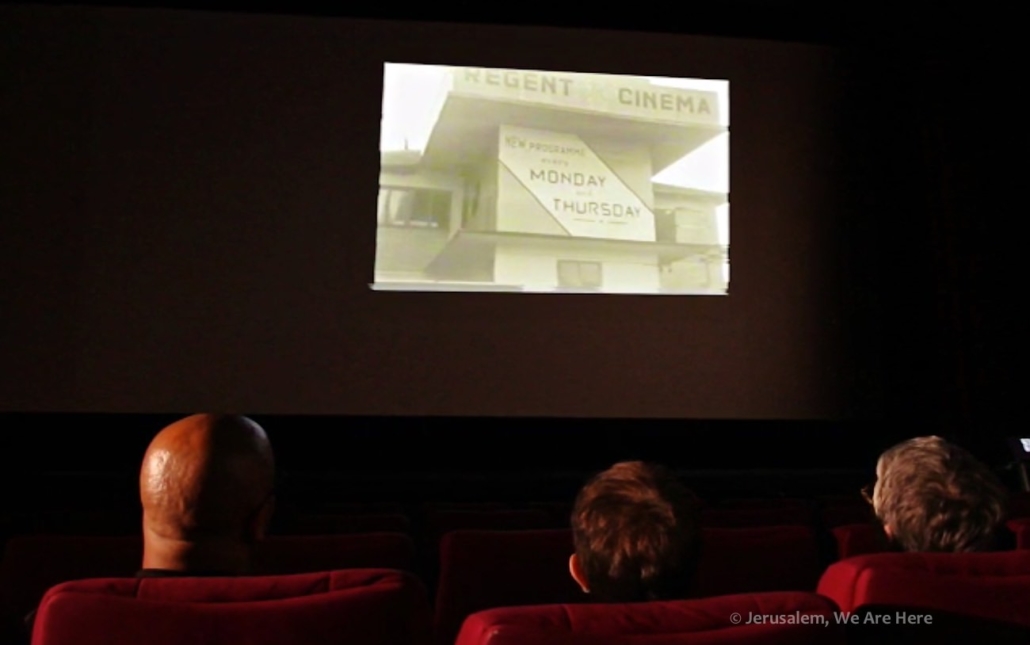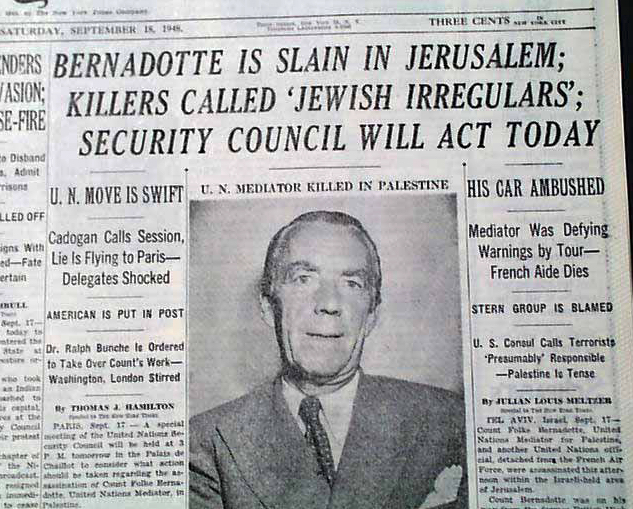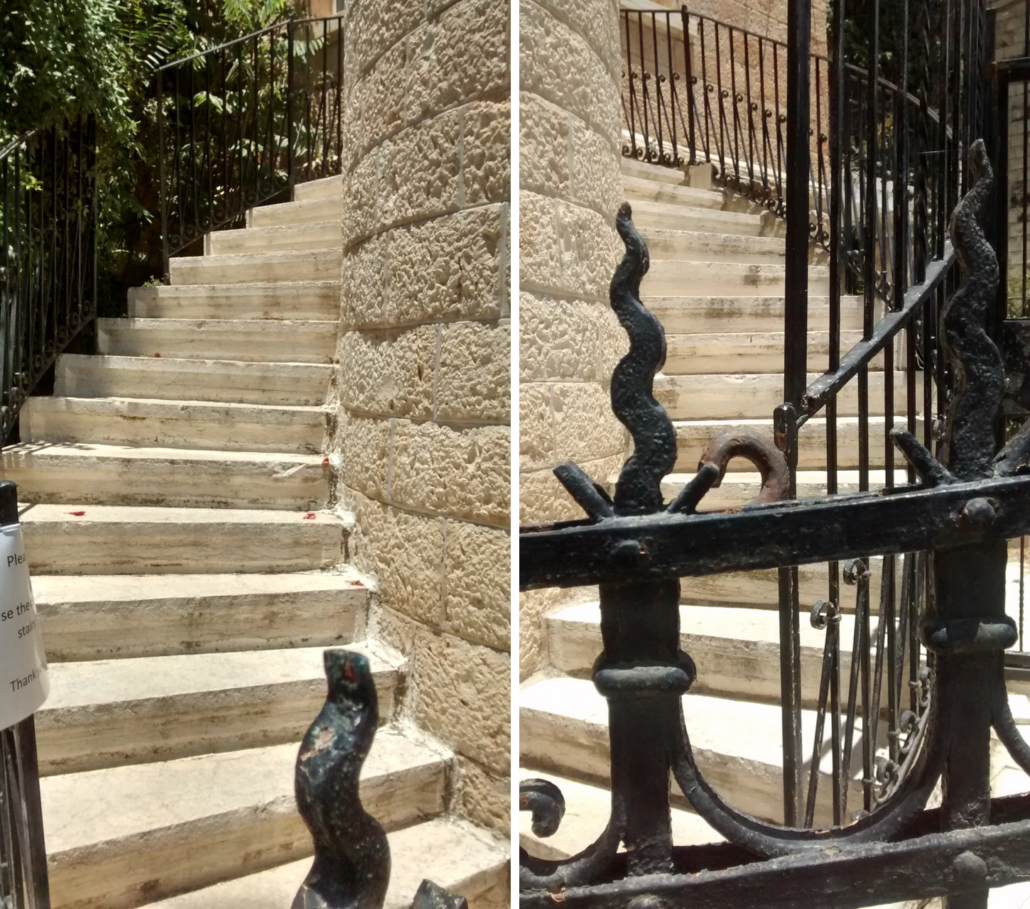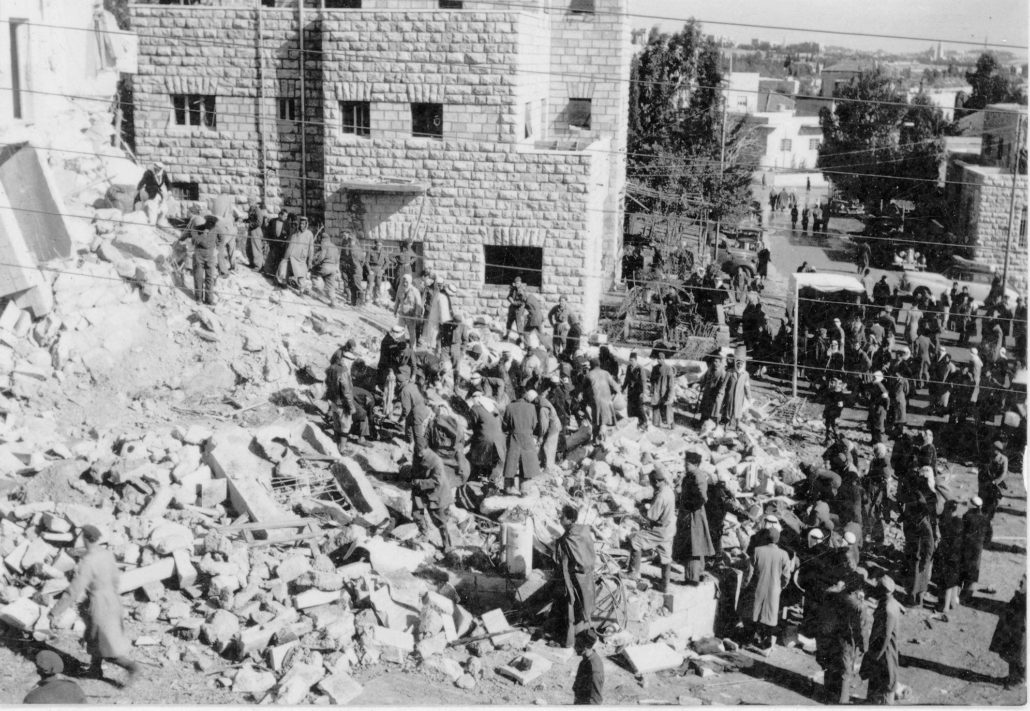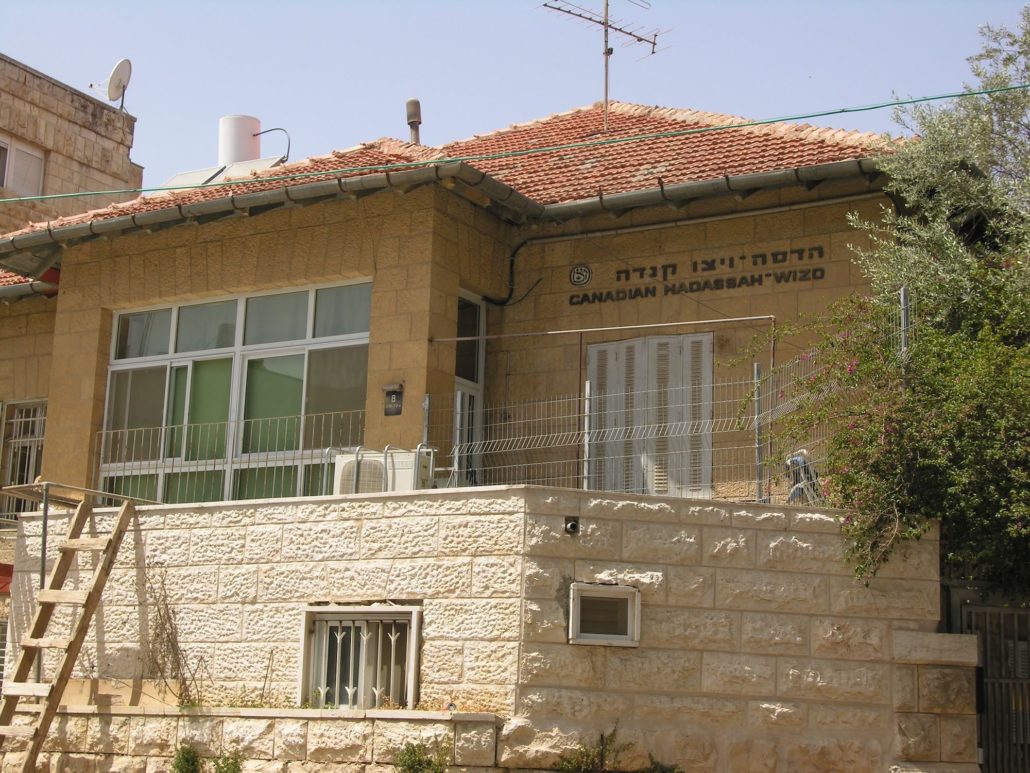Two heads, one bald, one full-hair, are peeking out from above the red velvet chairs. Their owners, Anwar Ben Badis and Mona Hajjar Halaby, who conduct the Arabic and English tours, respectively, of the Jerusalem, We Are Here (JWRH) interactive documentary, are exchanging family memories of the place. Dorit Naaman, the creator and director, joins them as up on the big screen fragments of an old reel start rolling.
It’s July 2015 and we are filming the opening shots of JWRH at the Regent, the longest-running cinema in Jerusalem. Today it has a different name, but to us, as we go about remapping this area and bringing back, albeit digitally, the people and the life that existed here till 1948, it is and always will be the Regent.
